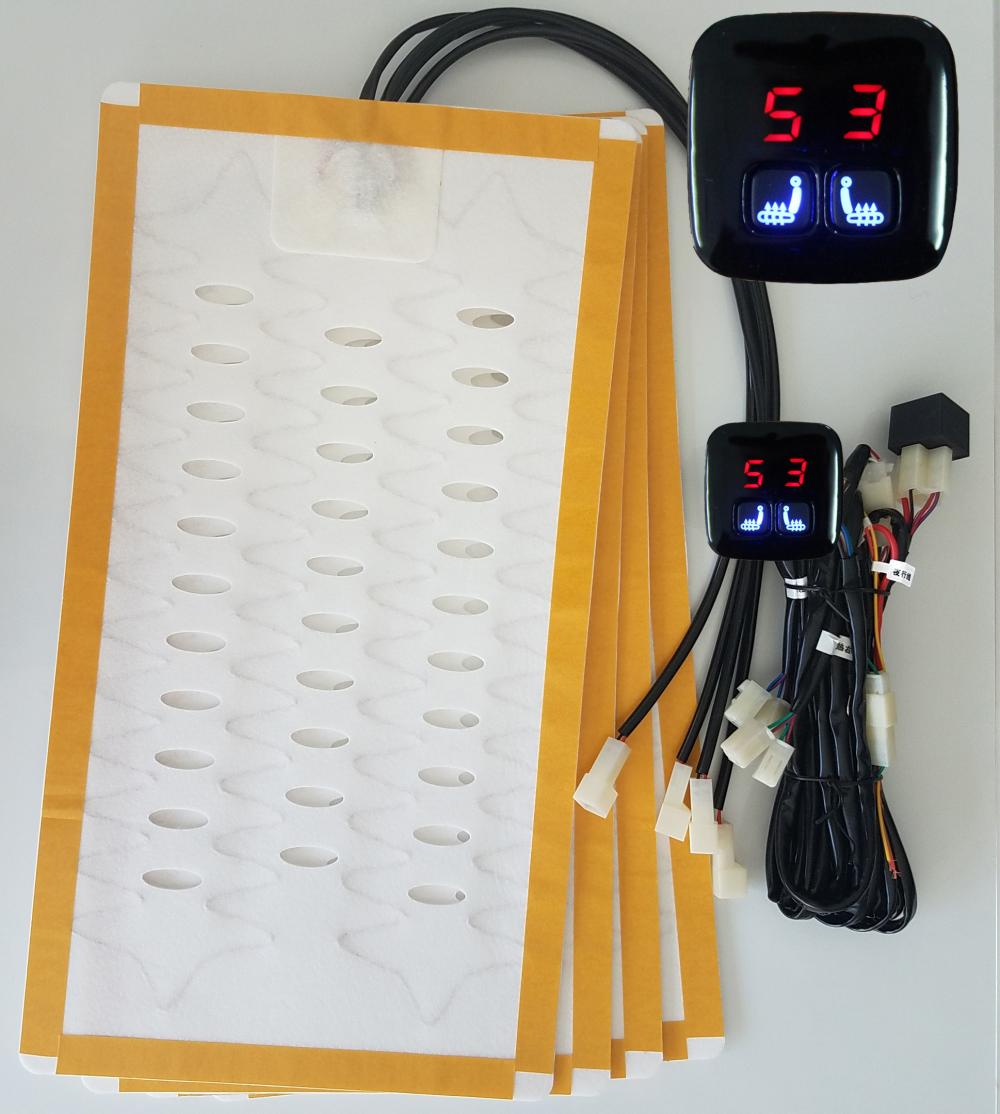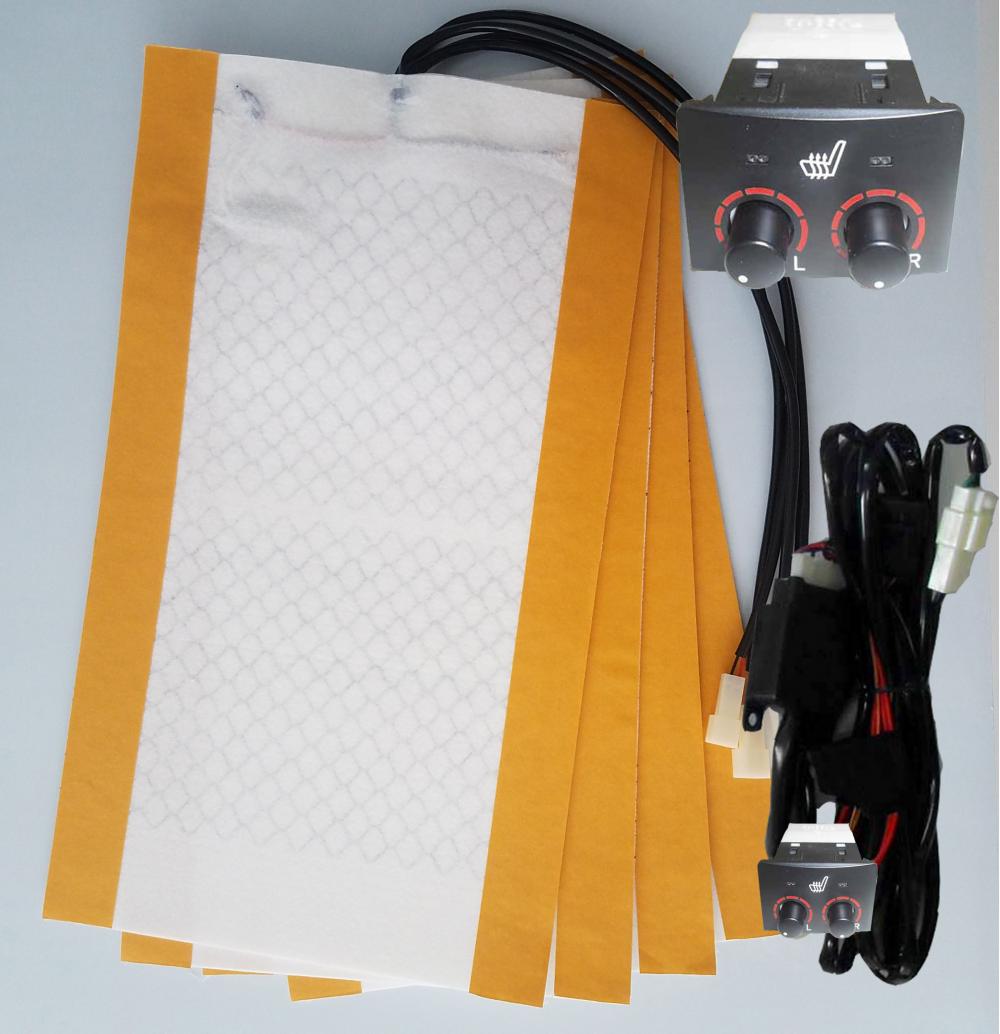In order to reduce emissions, reduce pollution, and protect the environment, starting from 2010, the Ministry of Environmental Protection-based management departments have begun to improve the emission standards for commercial vehicle exhaust. The specific approach is to replace the National III emission standard engine with the National IV emission standard engine.
However, the implementation time has been repeatedly delayed, from January 1, 2011 to January 1, 2012, July 1, 2013, and then to the 2014 unfixed time. Although the four emission standards for commercial vehicles have not yet been implemented nationwide, this is a general trend and only a matter of time.
According to reports, the main reason for the repeated implementation of the National IV implementation is that the diesel oil monopolized by CNPC and Sinopec cannot meet the national IV emission requirements nationwide. Therefore, the Automobile Industry Association strongly recommends that after the oil products meet the standards, the National IV standard will be fully implemented. This contrasts sharply with the attitude that the Ministry of Environmental Protection strongly urges early implementation. In the end, the relevant state departments adopted the recommendations of the corporate industry.
Commercial vehicles in order to ensure that the engine exhaust emissions qualified, to achieve the national standard, usually using SCR technology, this technology needs to add vehicle AdBlue, which is our commonly known as urea solution, it is NOx selective catalytic reducing agent to 32.5% Ultra-purity urea and pure water synthesis. During the operation of the vehicle, the exhaust gas enters the exhaust pipe after exiting the turbine. The urea metering and spraying device is installed on the exhaust pipe to inject the urea aqueous solution. The urea solution and nitrogen oxides in the exhaust gas undergo oxidation-reduction reaction in the SCR reaction tank. Nitrogen is generated and water is discharged.
The nitrogen oxides in vehicle exhaust are not only one of the causes of acid rain, but also have direct harm to the human body. The role of urea solution is to react with the nitrogen oxides in automobile exhaust gas to produce non-toxic nitrogen and water, thereby reducing the emission of toxic gases in automobile exhaust gas and reducing pollution.
At present, there are few companies that produce automotive urea in China, which is a key link in the implementation of the State IV and has huge market potential.
Now domestic vehicle urea production is dominated by small and medium-sized private enterprises, and channel sales capacity is lacking. Domestic vehicle urea is mainly produced by Jiangsu Kelansu, Liaoning Rundi, Jingmai Chemical, and Beijing Yili. Each company's production capacity is between 100,000 and 300,000 tons per year. Among them, Jiangsu Kelansu and Liaoning Rundi have annual production capacity of 300,000 tons, and there are a series of modifier patents for the problem of low temperature solidification of urea for vehicles. Jiangsu Kelansu has exported urea solutions from Koenigsin to Russia, Eastern Europe and South America. However, for the current small-scale private enterprises, the inability to grasp the core sales channels is the fundamental weakness of their development.
We can learn from sales patterns in Europe. From bulk retail sales to self-built pump stations. At the beginning of the vehicle urea application market, vehicle urea sellers set up 210L drums mainly through gas stations, cooperative auto brand auto repair shops, and general auto repair shops due to customer habits and product availability. 1000L IBC containers are used for bulk sales of vehicle urea solutions. In 2005, barreled/IBC sales outlets accounted for 70% of total sales outlets, while pump stations accounted for only 20%. However, as the total number of vehicles using vehicle urea increased, the proportion of pump station outlets gradually increased. By 2011, the network of pump stations accounted for 65.1% of the total outlets, while the ratio of cans/IBC dropped to 29.5%.
The existing European and American automotive urea sales are often in the form of producer-dealer alliances. YARA, the world's largest ammonia producer, has partnered with Brenntag, a chemical distributor, in the European market to promote its automotive urea brand Air1, while in the US it has partnered with distributor Mansfield. TerraIndustries of the United States in the United States through the cooperation with Brenntag to promote its automotive urea brand TerraCair. European car urea producers also sell their products through a network of self-built pump stations. For example, YARA has established its own network of Air1 pump stations in Europe and sells car urea directly.
As the time for the full implementation of the National IV is gradually approaching, the domestic market demand for 4 million to 7 million tons of urea will be opened. The mature market operation promotion is not only a focus of the business to capture business opportunities but also a rigid market demand.
Depending on the temperature you wish to heat the seat to, this quality heated seat allows for temperature adjustment from 30-degrees C to 60-degrees C. With this, you can easily select on the appropriate temperature for every situation. That said, it has been equipped with a digit controller timer for easy preprogramming when to heat. It features a headrest strap that has a buckle clip, which offers a hook and loop closure.
The good thing is that the seat is very comfy thanks to the soft cushion pad. The auto heated sear cushion is very safe and non-slip.


Seat Heater Cover,Car Seat Heater Cover,Heated Neck Pads,Heated Carbon Fiber Seat Pads
JiLin Province Debang Auto Electric Co.,Ltd. , https://www.debangcarseatheating.com
